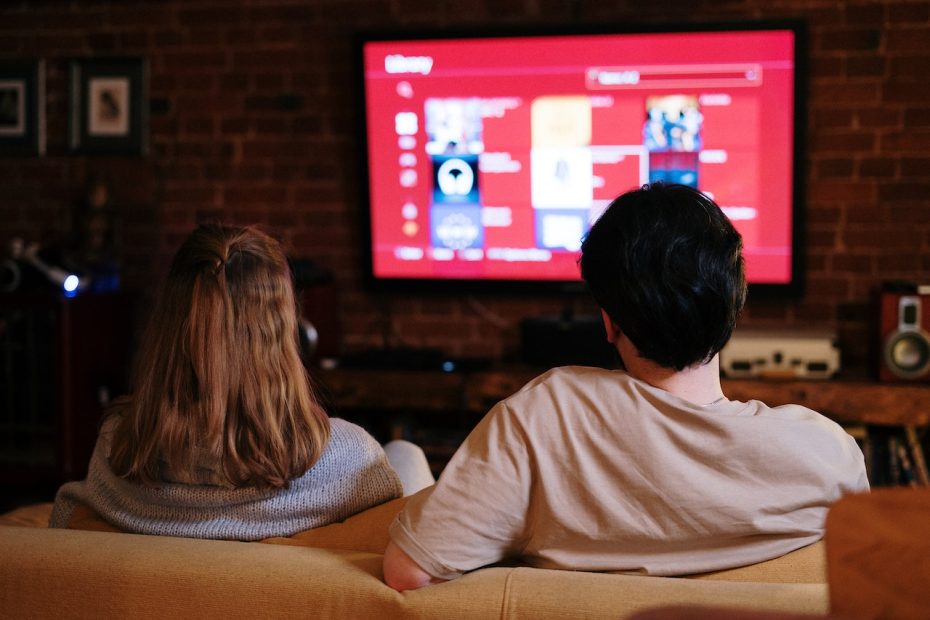The Risks of Smart TVs for Kids: The Need for Vigilance and Monitoring
Smart TVs are becoming increasingly popular among families, but there are several risks for children to consider. Smart TVs may provide content that is not appropriate for younger viewers. Some apps and features can also pose a risk to a child’s online safety. Parents should therefore monitor and limit the time their children spend on smartphones and other online devices.
Parents should also make sure that their smart TV is configured according to their content and security preferences. To do so, it’s a good idea to use the parental lock or content filtering options offered by the TV manufacturer. In addition, it is important for parents to regularly check the browser history and app lists on their smart TV to ensure that their child is not accessing inappropriate content or websites.
Understanding Smart TV Features and Internet Connectivity: Potential Online Exposures
Smart TV is a modern device that allows users to access a wide range of online features and content. The Smart TV offers a wide range of capabilities, including access to streaming apps such as Netflix and Hulu, and the ability to browse the web. In addition, Smart TV allows easy access to social media, such as Facebook and Twitter. All these features mean that users can access a large amount of online content.
However, it is important to be aware of the potential risks associated with using Smart TV. It is believed that there is a risk of exposure to dangerous content or financial fraud when using the Internet via Smart TV. Therefore, it is important to carefully monitor what you do online and make sure that any personal information is protected from unauthorized access. In addition, it is also important to use appropriate security tools and regularly update the Smart TV operating system software to minimize the risk of exposure to dangerous content.
Monitoring Apps and Streaming Services: Controlling Access to Age-Inappropriate Content
Monitoring Apps and Streaming Services are becoming increasingly popular as a way to control access to age-inappropriate content. These apps and services allow parents to monitor their children’s online activity, set time limits for when they can use certain apps or streaming services, and block access to inappropriate websites. This helps protect children from viewing content that is not suitable for their age group. Parents can also customize the settings of these monitoring apps and streaming services so that they can be tailored to each child’s individual needs.
In addition, many of these monitoring apps and streaming services offer additional features such as parental controls, which allow parents to limit the amount of time their children spend on certain sites or activities. They can also restrict access to specific types of content, such as videos with explicit language or violence. By using these tools, parents can ensure that their children are only exposed to age-appropriate material while still allowing them the freedom to explore the internet safely.
Managing Privacy Settings and Voice Controls: Protecting Your Child’s Personal Information
Managing privacy settings and voice controls is an important part of protecting your child’s personal information. With the rise of technology, it is becoming increasingly important to ensure that your child’s data is secure and protected from potential threats. By setting up appropriate privacy settings and voice controls, you can help protect your child’s personal information from being accessed by unauthorized individuals or organizations.
When setting up privacy settings and voice controls for your child, it is important to consider their age and level of understanding when making decisions about what type of access they should have. For example, if your child is under the age of 13, you may want to limit their access to certain websites or apps that could potentially contain sensitive information. Additionally, you should also be aware of any voice control features that are available on devices such as smartphones or tablets so that you can ensure that only authorized users are able to access them. Finally, it is important to regularly review these settings in order to make sure they remain up-to-date with the latest security measures.
Keeping Smart TVs in Common Areas: Promoting Responsible and Safe TV Viewing
Keeping Smart TVs in common areas is a great way to promote responsible and safe TV viewing. Smart TVs are equipped with parental control settings that allow parents to monitor what their children watch, as well as set limits on the amount of time they can spend watching television. This helps ensure that children are not exposed to inappropriate content or spending too much time in front of the screen. Additionally, Smart TVs come with built-in safety features such as password protection and automatic shut-off timers, which help prevent unauthorized access to the device.
In addition to promoting responsible and safe TV viewing, having Smart TVs in common areas also encourages social interaction among family members. With access to streaming services like Netflix and Hulu, families can easily find something everyone will enjoy watching together. This allows for quality bonding time without having to leave the house or worry about finding something appropriate for all ages. Furthermore, Smart TVs provide an opportunity for educational programming that can be used by both adults and children alike.
